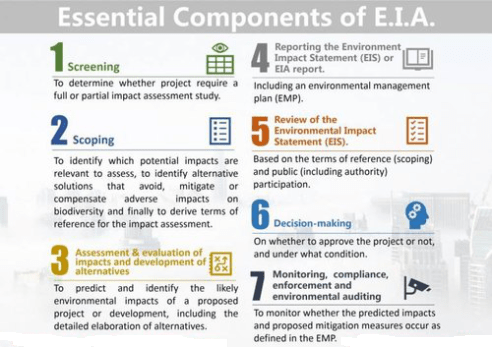7667766266
enquiry@shankarias.in
What is the issue?
What is EIA?

How does it work?
What is the idea behind?
What are the concerns with the recent notification?
How serious is this?
Source: Indian Express